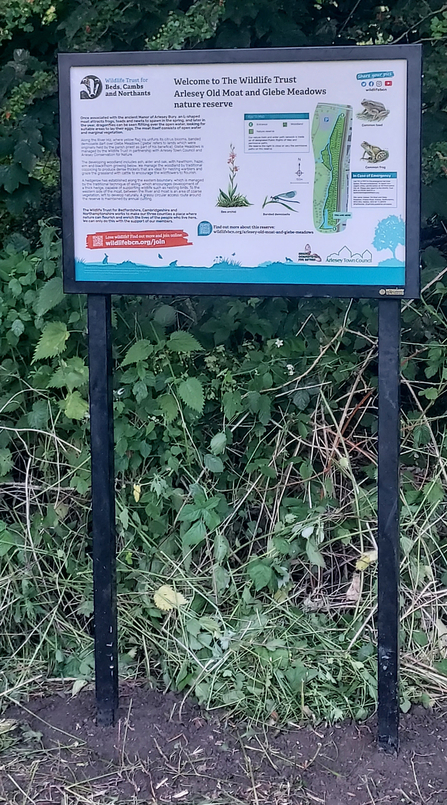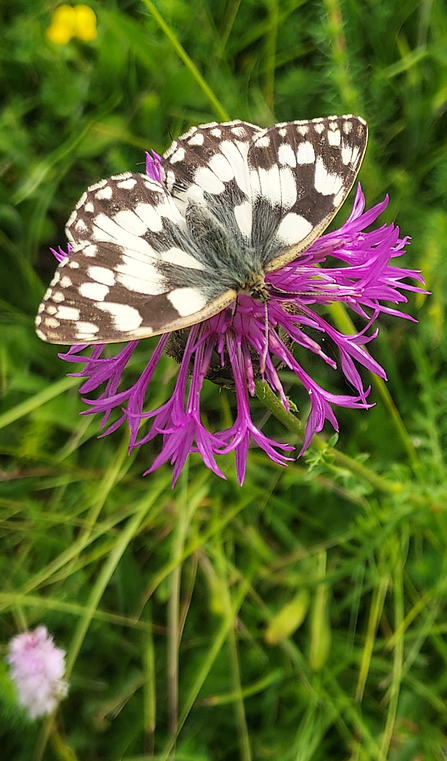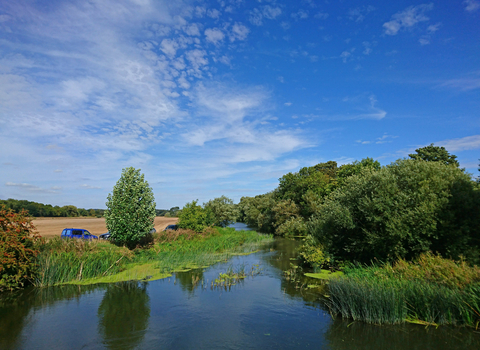Summer tasks are well under way with the bulk of the time spent on maintenance of fencing for the grassland sites that are grazed ahead of the arrival of animals for a few months. Staff and the volunteer team have been busy at several sites across the county replacing sections of fencing – Felmersham Gravel Pits, Fancott Meadows and Dropshort Marsh have all had a complete removal and replacement some sections of the perimeter fencing and it has been interesting to see that some of the chestnut posts we installed a few years ago have not fared well and are pretty much rotten through. These posts are sporting some interesting fungi but are not suitable for retaining our livestock so need replacement. Other sites have just needed a bit of a patch up and the posts are being replaced where rotten, but the fencing material retained as still in good order.
Some additional access infrastructure work was completed at Old Warden Tunnel with the steps into the cutting replaced on the Western slope and we are grateful to Cherryfield Ecology for their support of this project. Elsewhere we have been replacing kissing gate and field gate posts which have rotted off over time and also installing new interpretation boards at a couple of sites.




